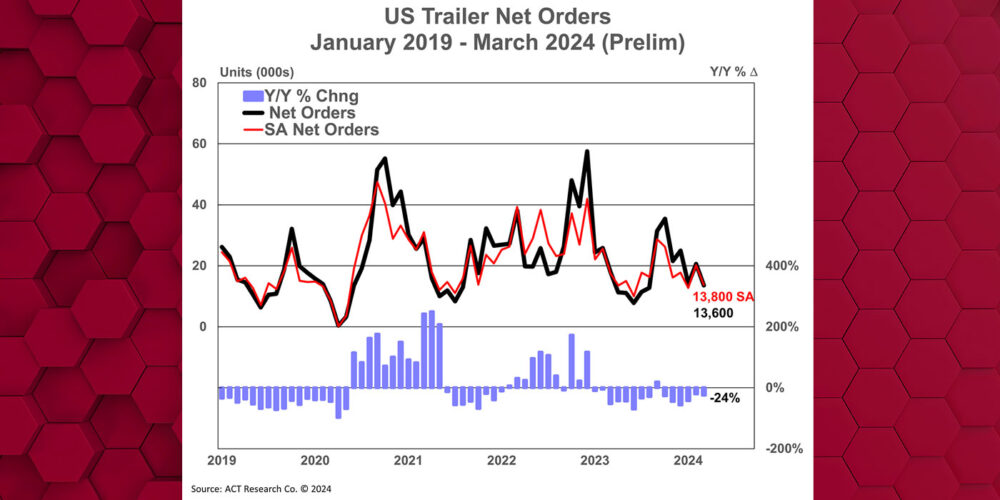It’s been a little more than two years since the FMCSA’s rollout of Compliance, Safety & Accountability (CSA), which began in December 2010. Meeting the rules and regulations of the program is critical to fleets and drivers—a high score can lead to government intervention for the fleet, and for a driver it could mean serious difficulty in finding or keeping a job.
By now, most fleets likely have a basic CSA program in place to minimize their Safety Measurement System (SMS) scores. But it’s never too late to improve—particularly in the Vehicle Maintenance Behavior Analysis and Safety Improvement Category (BASIC), which is one category in which fleets have a good deal of control over the prevention of violations.
The BASIC monitors failure due to improper or inadequate maintenance. Example violations are brakes, lights, tires and other mechanical defects, as well as failure to make required repairs. In order to avoid violations, fleets and drivers must be diligent about scheduled maintenance and required inspections, in addition to daily checks on the road.
The subject was addressed at the fleet panel discussion at this year’s Heavy Duty Aftermarket Week, held mid-January in Las Vegas. Representatives from fleets gave a brief overview of the practices their respective maintenance departments have adopted—programs that range from performing 60- or 90-day “annual inspections” on equipment, to establishing a separate driver points system in which drivers are de-merited for violation points, to purchasing new equipment that makes vehicle maintenance inspections easier (such as light check machines).
To help create or fine-tune a CSA plan, remember the following examples of violations in the BASIC:
• Operating a vehicle that has been placed out of service
• Lights and/or reflectors not working or obscured
• Any brake violation (condition, adjustment, etc.)
• Steering or suspension defects
• Tire, wheel or rim defects
• Using a vehicle that has not been periodically (annually) inspected
The high severity violations in this BASIC include operating a vehicle that has been placed out of service; lights and/or reflectors obscured; inoperative headlight, tail light, brake light or turn signal; steering or suspension defects; and tire defects.
So how does a fleet keep this BASIC score low? The simple answer is to make sure vehicles are well maintained by a competent maintenance department, and that drivers are doing vehicle inspections and addressing any problems found. Inspect vehicles at regular intervals and make sound decisions related to on-road repairs and maintenance—and develop a preventative maintenance checklist.
All driver and maintenance inspections, maintenance work and repairs should be documented to track problems that regularly develop with the equipment. In addition, the maintenance department should review and track every roadside violation and repair request—watching these two data sets can indicate a problem with the maintenance program or a problem with specific equipment.
Driver training also is a big part of the equation. Fleets should inform drivers of what inspections are required. According to J. J. Keller & Associates, a private company that helps businesses deal with regulations that affect their operations, best practices include: a complete pre-trip inspection at the beginning of the day, walk-around inspection every time the vehicle is parked, and a post-trip inspection at the end of the day.
Drivers should do the required inspections and communicate problems to the maintenance department
—it can be helpful to document what maintenance is finding compared to what the driver is reporting. Drivers need to know what to check on the vehicle and how to spot defects, who to call when there is a problem, and how and when to submit documentation. Involving drivers is paramount to a fleet’s CSA efforts. And today’s drivers should be very willing to participate, since certain SMS points will show up on a driver’s SMS point total—and will stay with the driver for three years.
To best position your fleet for success, it all boils down to adequately training drivers, setting up regular inspection intervals and developing a preventative maintenance checklist. For detailed information about CSA, including the Vehicle Maintenance and six other BASICS, visit csa.fmcsa.dot.gov.













